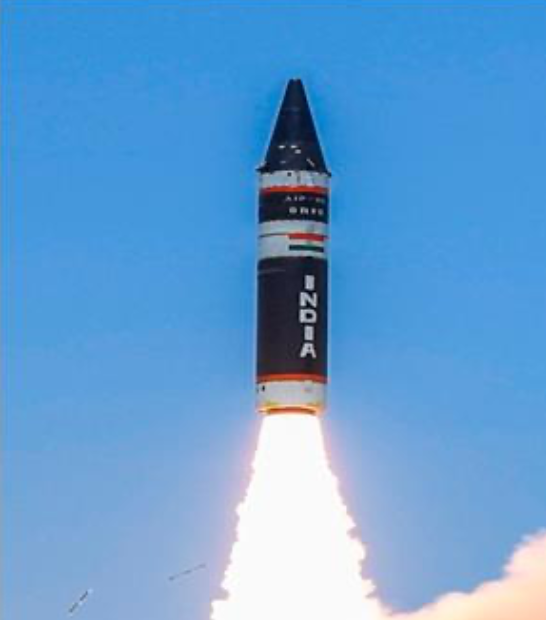New Delhi, Jun 4: On June 28th, the Defence Research and Development Organization (DRDO) successfully test fired the Agni-P or Agni-Prime missile off the coast of Odisha. It is the sixth and most sophisticated ballistic missile in the Agni series. All mission objectives were achieved with high precision by the missile.
Features of the missile
Agni Prime, is a next generation, nuclear-capable intercontinental ballistic missile (ICBM). It can be preserved for extended periods of time since it is housed in a canister (canisterised), which shields the missile from the outside environment. It is the smallest and lightest of the Agni missiles. Because it is a canisterized and lightweight missile, it can be moved across the country and launched even by train or road. With a range of 1000-2000 kilometers, it has the potential to target hostile warships in the Indo-Pacific. In addition to the cutting-edge technology used in Agni IV and Agni V which are advanced ICBMs, Agni-P also features the most sophisticated propulsion systems, guidance and control mechanisms, and navigation systems.
Agni is the series of six missiles developed by the DRDO as part of the Integrated Guided Missile Development Programme, which
began in 1983. Agni I, India’s first intermediate-range ballistic missile, was successfully test-fired in May 1989 and entered service in 2004. Russia, United States, China, France, India, United Kingdom, and North Korea are the only countries that have operational ICBMs.
DRDO also test fired a total of 25 indigenous Enhanced Pinaka Rockets off the Odisha coast using a Multi-Barrel Rocket Launcher (MBRL) on 24th and 25th June 2021. This enhanced version of the Pinaka rockets can destroy targets 45 kms far.



